Racing boss Sauber gets clean restart
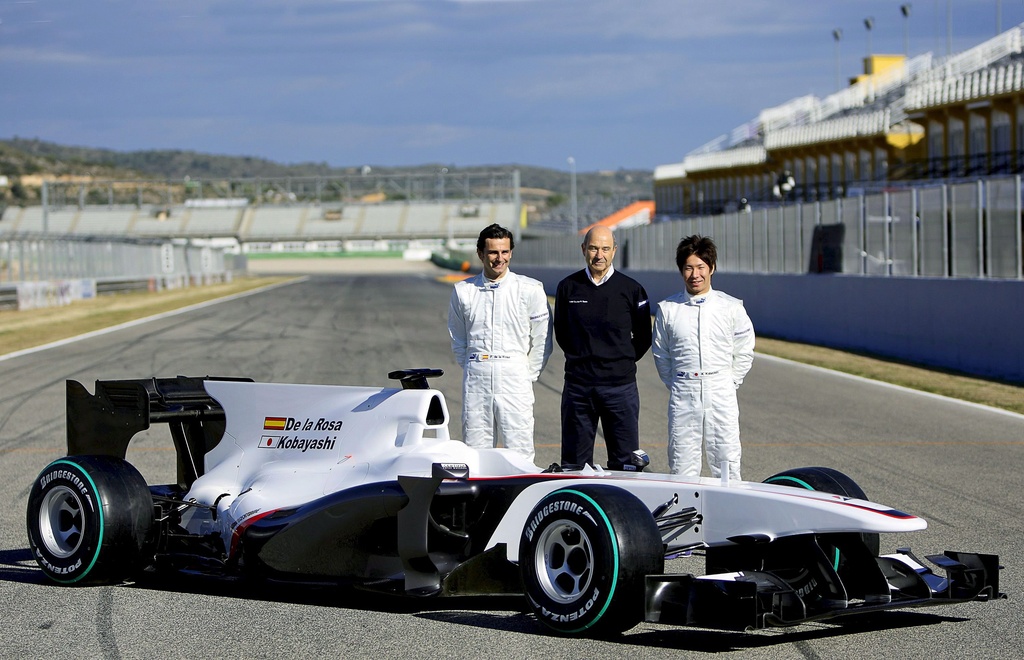
After a tense few months when the fate of his stable was in the balance, Swiss racing boss Peter Sauber has unveiled his new cars in Valencia.
Hans-Markus Tschirren, a racing commentator for Swiss television from 1981 to 2008, tells swissinfo.ch about the decades he’s spent following Sauber.
Sauber recently clinched a deal to take back charge of his Formula One team after his former partner, Bavarian automaker BMW, pulled out at the end of 2009.
It has not been an easy time for the racing boss since BMW announced its retirement from racing’s top circuit in July: Sauber, a 20 per cent shareholder, had been completely stunned by the move.
Instead of handing its stake of the team back to its founder, BMW put it on the market for SFr100 million ($95 million), a price out of Sauber’s league. It appeared as though his days running the team would be finished.
For several months it was unclear who would take control of the team. Qadbak Investments, a somewhat mysterious outfit based in the British Virgin Islands and purportedly backed by a group Middle Eastern families, held negotiations with BMW.
The story nevertheless ended happily for Sauber. BMW sold him the team and Sauber saved both his life’s work and the jobs of several hundred of his workers in Hinwil, in canton Zurich.
So rather than enjoy retirement, the 67-year-old Sauber – voted Swiss of the Year in 2005 – has again dived headfirst into the shark tank of the F1 circuit.
swissinfo.ch: Despite a difficult few months, Peter Sauber has come out unscathed. What kind of qualities does he have?
Hans-Markus Tschirren: He is a very feeling man, especially when it comes to people. In 1994, for example, he was very affected by the accident of Karl Wendl Inger in Monaco.
But when it comes to business, it is his extreme self-control that makes him popular – a trait I admire greatly. To his partners, he is absolutely loyal. The reward has been long-term partnerships. Petronas was a 15-year sponsor, which is an eternity.
He has also never criticised a driver publicly, even if he had a reason to do so.
swissinfo.ch: Why has he decided to return as a team owner and manager?
H-M.T.: He was really looking forward to retiring. He told me of his plans to go hiking or do a motorcycle tour.
I think he enjoyed attending races without having any of responsibilities and commentating on races on Swiss television along with Michael Säuble.
When I see how happy he was, I cannot imagine how difficult it was for him to return to the pit wall.
The key concept is responsibility. The team has grown and he has provided jobs for more people – not only at the garage in Hinwil but also small business, right down to laundry services.
Big businesses talk about downsizing; Peter Sauber would see it as having to make people redundant, people he had taken on personally, and who would have lost the jobs that they do best and love doing.
swissinfo.ch: How would you assess the opportunities for Sauber this year?
H-M.T.: Not bad. They can expect to get a good place in the middle of the field. The old Hinwil crew, especially the top people like engineer Wally Rampf or team manager Beat Zehnder, who have been with Sauber for ever, will stay together.
Moreover, all the decision-making processes are again under one roof in Hinwil and within the team there is now a “get up and go” mentality, which is also a plus.
swissinfo.ch: As for the new driver duo, Kamui Kobayashi in his first two GPs proved that he overtakes well and seems to be fearless. What do you think about him? And what does Spain’s Pedro de la Rosa bring to the team?
H-M.T.: I think the two are a really great duo. I’m satisfied if Kobayashi can run against Michael Schumacher and come out unfazed. His lack of deference, but also his driving skills, have impressed me.
But we will have to wait to see how many times he crashes. Kobayashi is the type of driver that is always at the limit. Even if we assume that he doesn’t finish every race, he will clearly be an asset.
Pedro de la Rosa, however, is a calming influence. He is a driver with vast experience of finetuning cars, even though test drives have been severely restricted since 2009.
swissinfo.ch: For 2010, fuel stops have been eliminated. Will this make the F1 more attractive?
H-M.T.: Maybe safer. There have been some problems with the automatic closing of the fuel filler caps. Fortunately we have avoided serious problems with that.
The moment of danger will however shift to the tyre change. When pit stops serve only to change tyres, they might last not more than three or four seconds. There’ll be huge pressure on the mechanics, with their impact wrenches.
There is also a danger that the fuel stop ban will make Formula One drivers start thinking about formulas to save fuel. If a driver thinks he might run out near the end, he will finish the race and save a couple of points rather than going all out to win and possibly running out of fuel.
swissinfo.ch: It will now be the top ten drivers instead of the top eight that pick up points in a race. Will this bring more drama?
H-M.T.: From 1952 to 2002 only the top six drivers got points, then the top eight and now the top ten.
The distribution of points for six or eight drivers was fairly simple. Now you mhave to be a maths genius… It gets pretty confusing.
Football has had 17 consistent rules since 1938. Formula 1 comes up with something new every year. Maybe it would not have been so bad to stick to the old rules. In the 1950s there was an extra point for the fastest lap, which could bring life into a race. Maybe there could also be a point for pole position.
Other possible changes? Overtaking is what makes the F1. We could shorten today’s races by one-and-a-half hours or more.
But the personalities and character of the drivers are also vital to the sport. The fans either love the drivers or they hate them. This is what makes a good F1 season.
Renat Künzi, swissinfo.ch (Translated from German by Justin Häne)
Kamui Kobayashi (23), Japan
2 GP starts
Pedro de la Rosa (39), Spain
71 GP starts
Because of the ban on refuelling, tank capacity has been boosted from 130L to 200L. The cars will be around 20cm longer.
Point distribution for finishers one through ten: 25, 20, 15, 10, 8, 6, 5, 3, 2, 1.
The front tyres are 30mm smaller.
The KERS energy recovery system will be abolished.
The weight of the new cars is 620kg.
By the end of 2012, teams must have cut the number of their employees to no more than 250 (excluding marketing and administration).
From 2010 on, only 45 people per team will be allowed in the pits.

In compliance with the JTI standards
More: SWI swissinfo.ch certified by the Journalism Trust Initiative
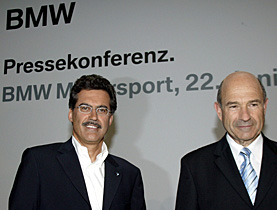
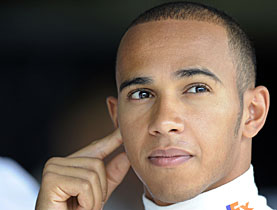
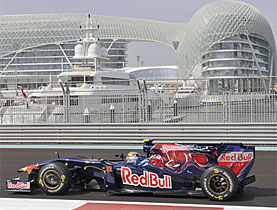
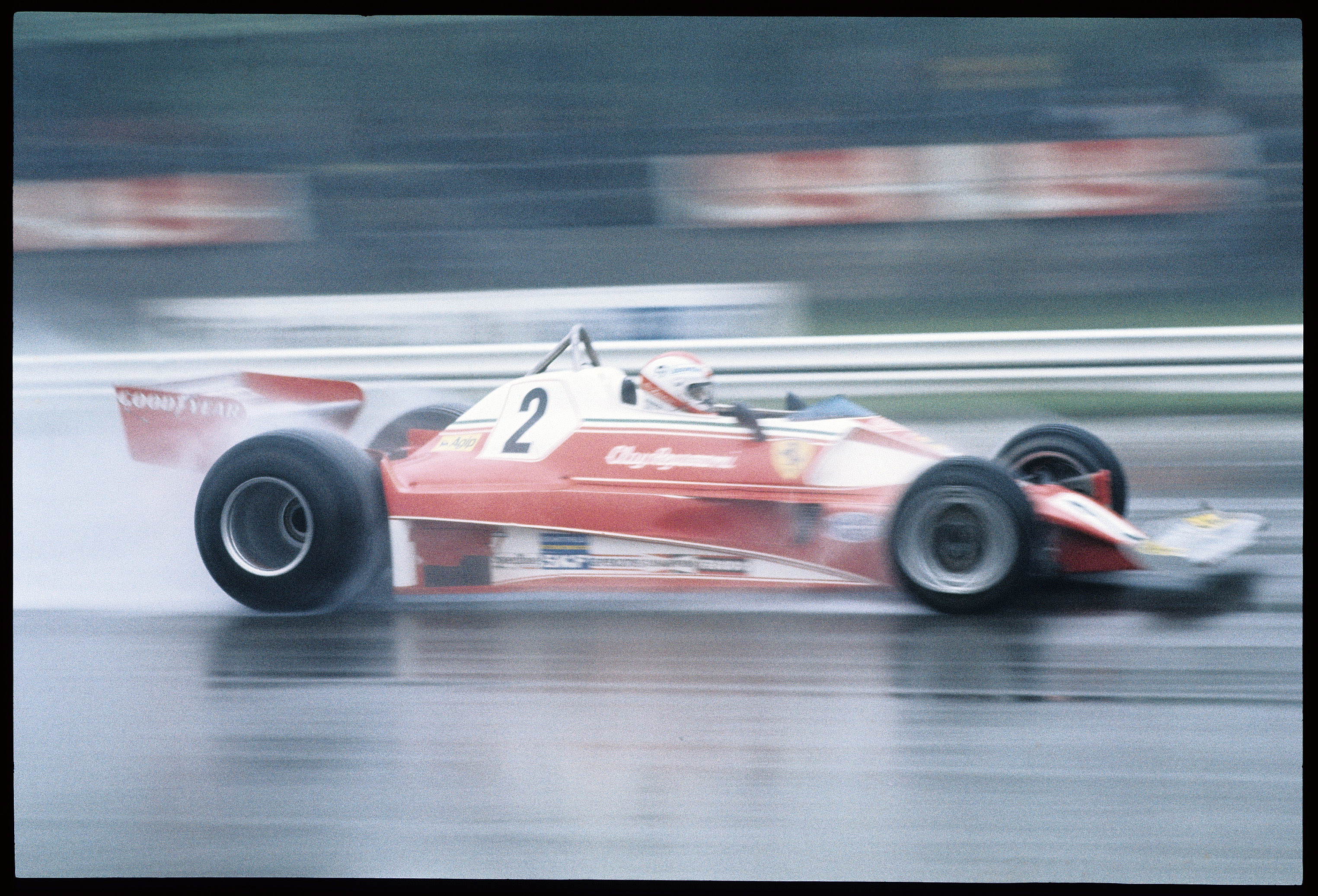
You can find an overview of ongoing debates with our journalists here. Please join us!
If you want to start a conversation about a topic raised in this article or want to report factual errors, email us at english@swissinfo.ch.